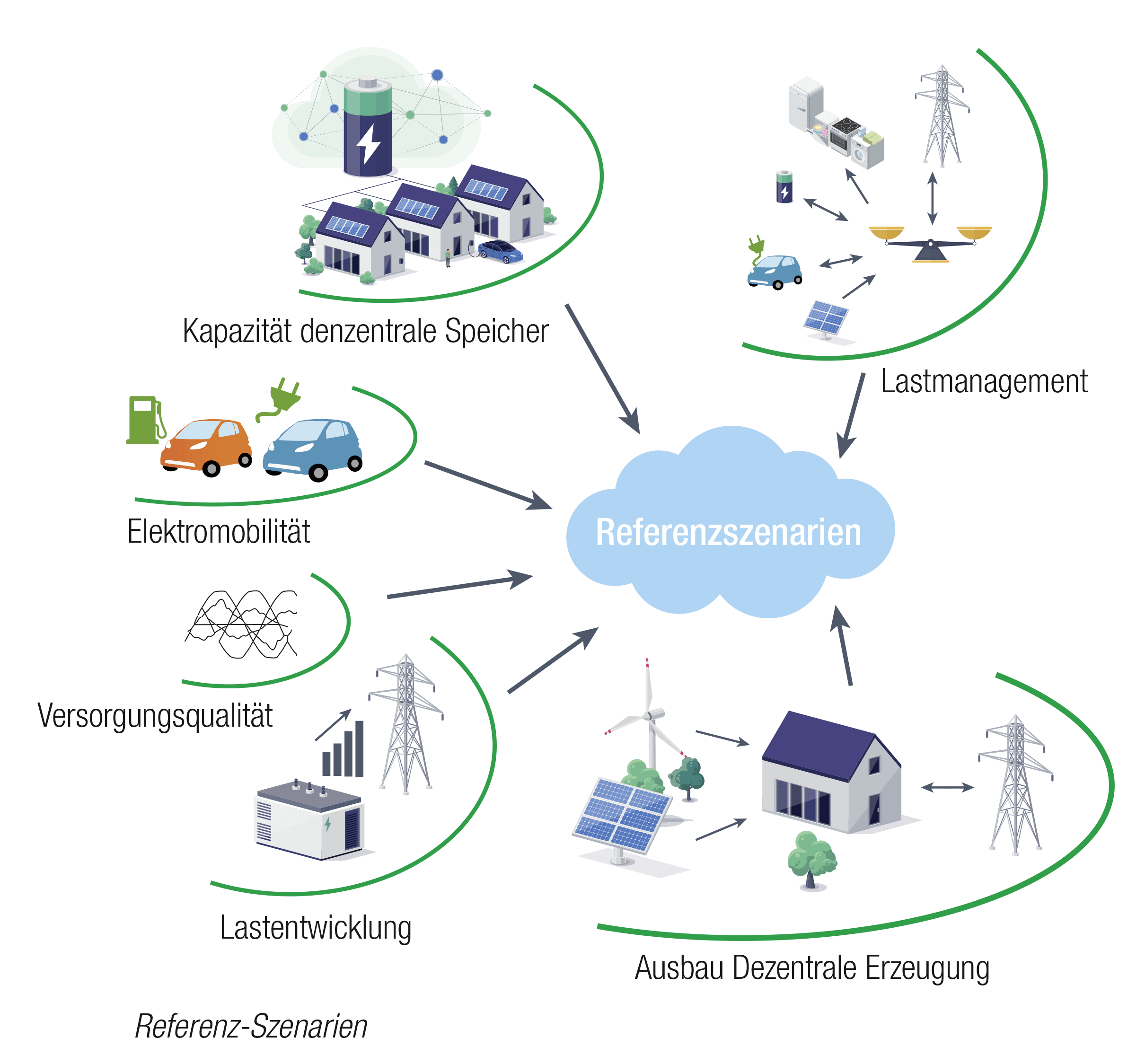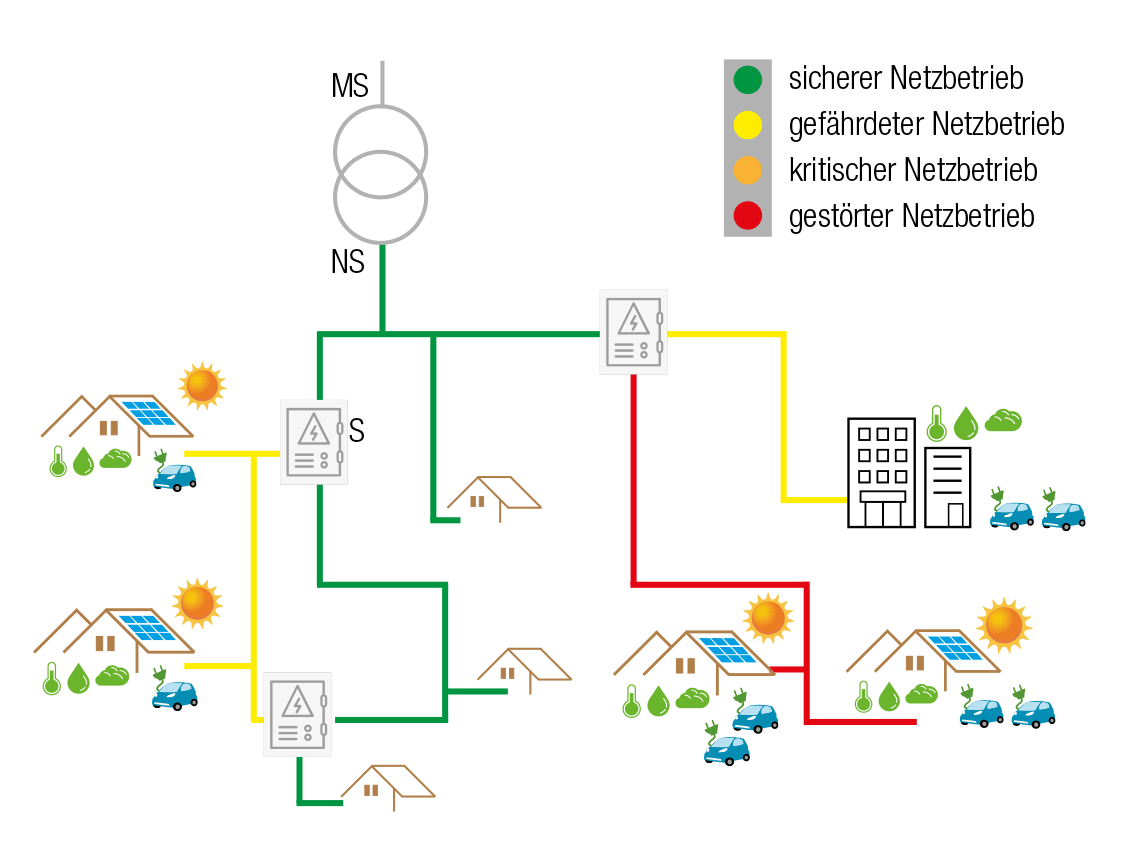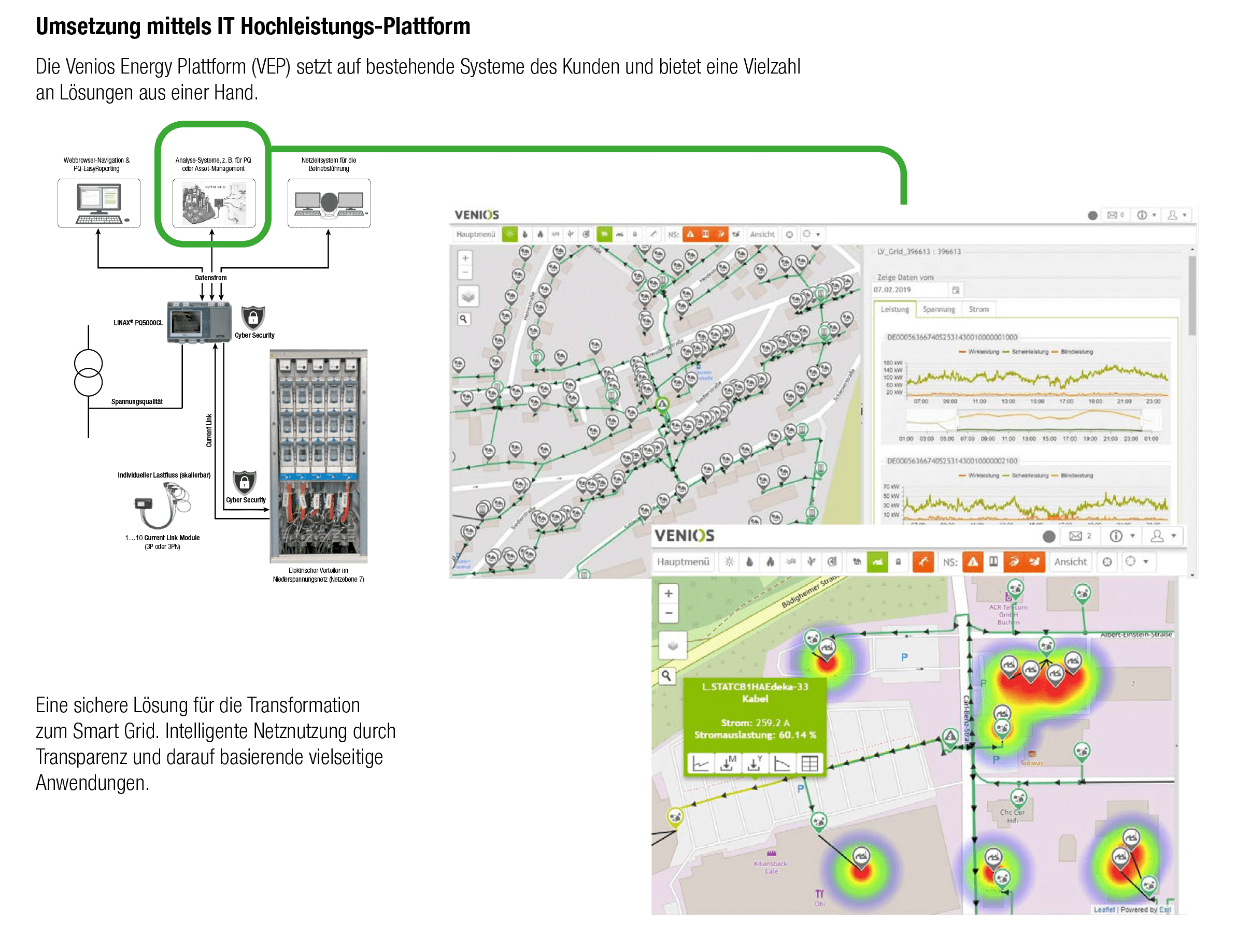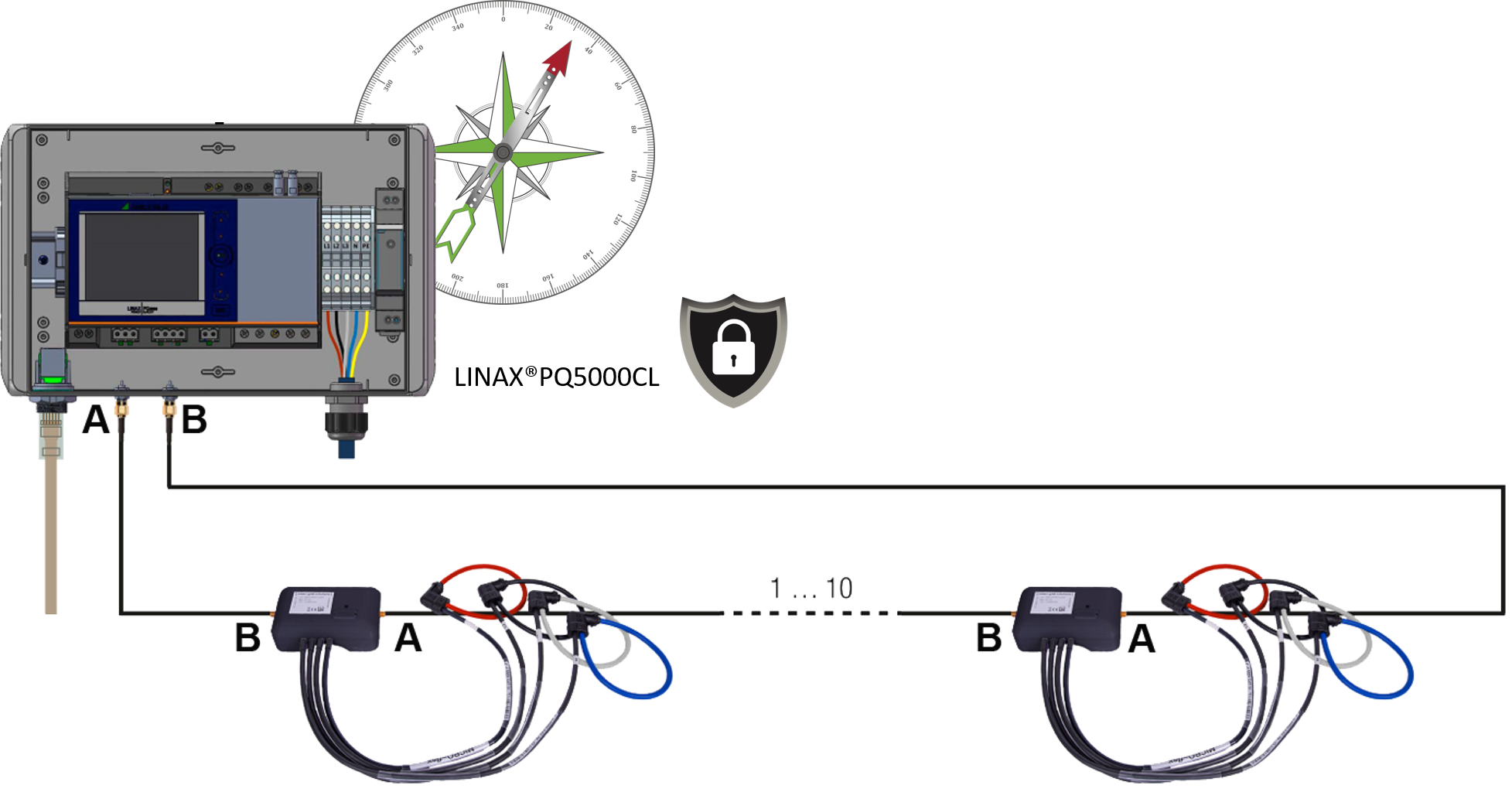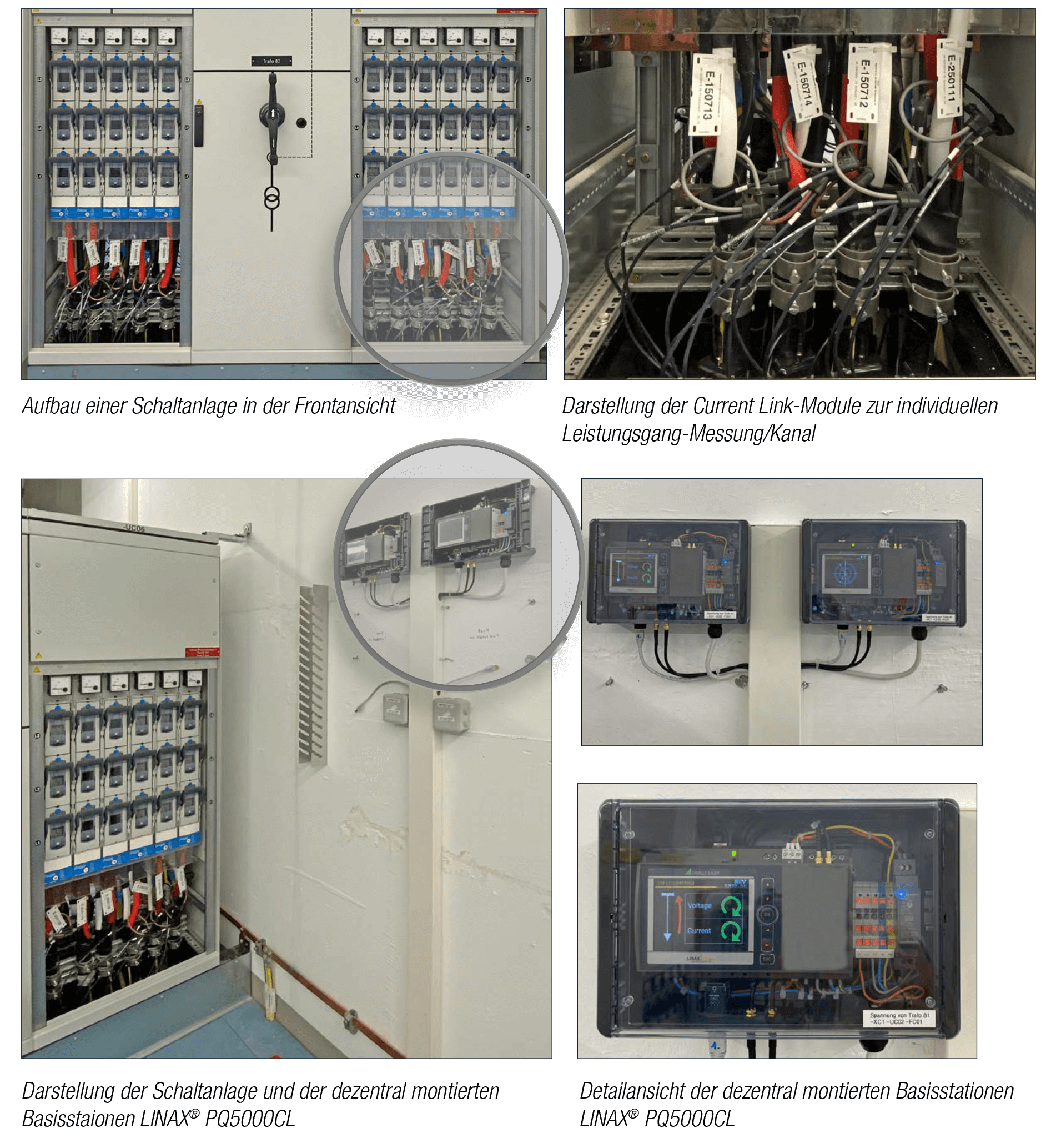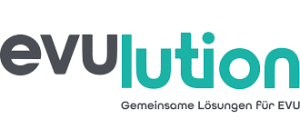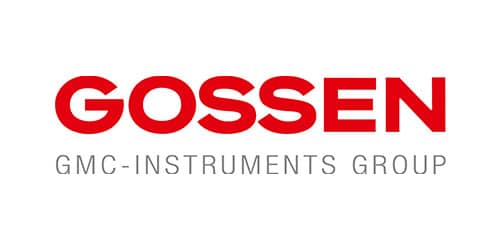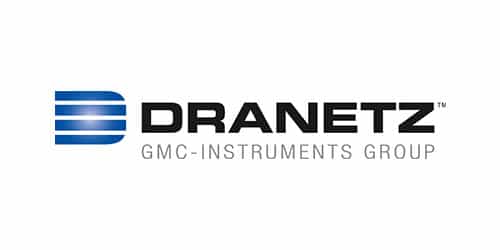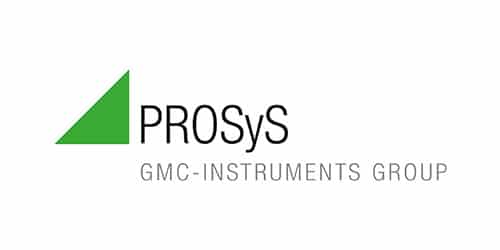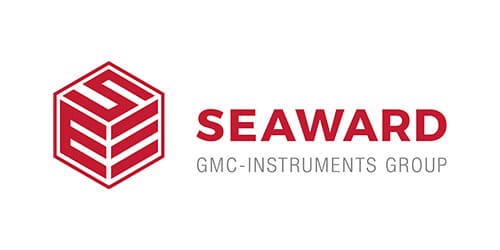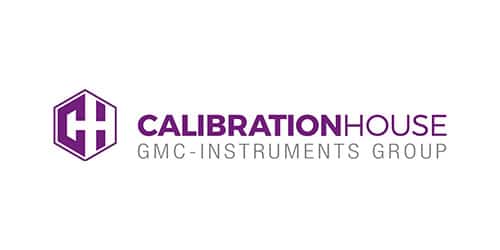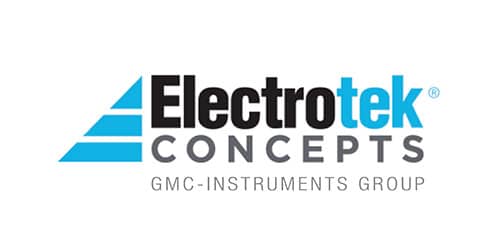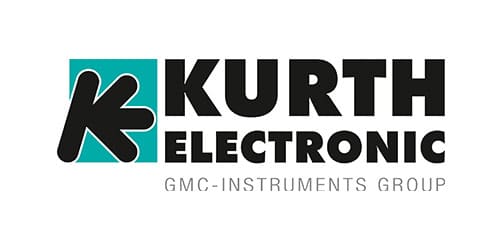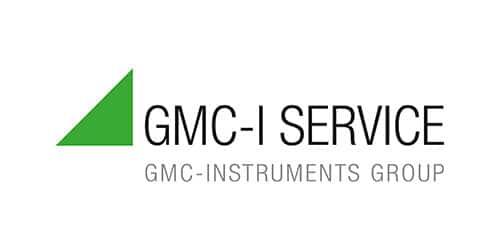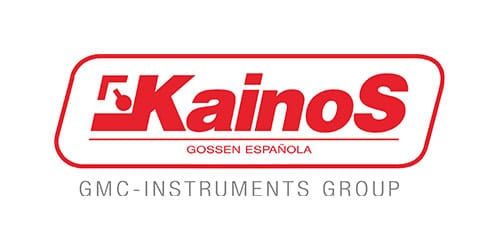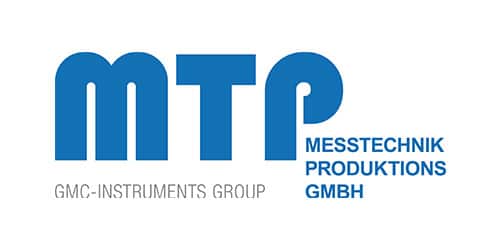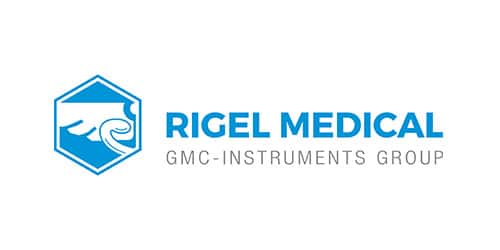High-quality and fundamental measurement data with maximum flexible connectivity
Camille Bauer Metrawatt AG is a Swiss medium-sized company for the development, production and marketing of industrial measurement technology. Camille Bauer offers customer and application-oriented solutions in the field of electrical monitoring and position sensors. This includes a high understanding of the needs for electrical power generation, energy distribution as well as industrial consumers. With its Swiss claim to the highest quality and its high innovative strength, Camille Bauer Metrawatt AG provides its customers with measurable benefits.
Generic measurement, control and regulation system for the power grid of tomorrow
Our energy world is increasingly changing into a highly dynamic decentralized system, which poses new challenges for local power grids in particular. In addition, the merging of consumer and producer requires new business models. Both challenges require new information and targeted data handling. Therefore, the digitalization of the power grids is inevitable. We, the EVUlution AG, have set ourselves the goal to accompany the grid operator with the help of our technology on the way to the decentralized energy future, so that a reliable and economical operation of the power grids is guaranteed tomorrow.
The key to a sustainable energy future lies in the ability to innovate. That’s why we invest in renewable energies, in intelligent energy solutions and promote targeted innovations. By using our natural resources sustainably, we work with our partners and customers to ensure that future generations will also be able to use our energy resources and benefit from the rich diversity of life.
Outlook
In order to bring the high concentration of data even more in line with IoT-based data processing, MQTT offers a good alternative in the context of connectivity, in addition to the usual interfaces (e.g. IEC61850, Modbus, …).
MQTT [Source https://mqtt.org/; 22.01.2024]
MQTT is an OASIS standard messaging protocol for the Internet of Things (IoT). It is designed as an extremely “lightweight” publish/subscribe messaging transport, ideal for connecting remote devices with a small code footprint and minimal network bandwidth. MQTT is now used in a wide range of industries, including automotive, manufacturing, telecommunications, oil and gas, and most recently, power distribution. Here is a brief overview of the benefits:
- Low data volume and high efficiency
MQTT clients are very small and require minimal resources, so they can be used on small microcontrollers. MQTT message headers are small to optimize network bandwidth.
- Bi-directional communication
MQTT enables the transmission of messages between device and cloud and between cloud and device. This facilitates the transmission of messages to groups of things.
- Scaling to millions of things
MQTT is scalable and can be connected to millions of IoT devices.
- Reliable message transmission
The reliability of message transmission is important for many IoT use cases. For this reason, MQTT has 3 defined quality levels: 0 – at most once, 1 – at least once, 2 – exactly once
- Support for unreliable networks
Many IoT devices connect via unreliable mobile networks. MQTT’s support for persistent sessions reduces the time it takes for the client to reconnect to the broker.
- Enabled security
MQTT makes it easy to encrypt messages with TLS and authenticate clients with modern authentication protocols such as OAuth.
However, it should be noted that MQTT, despite its many advantages, also requires individualization (= effort = costs). It must be clearly defined in advance how and which data should be made available. As with other interfaces, MQTT is not the same as MQTT, which is currently still underestimated in terms of both time and money.

